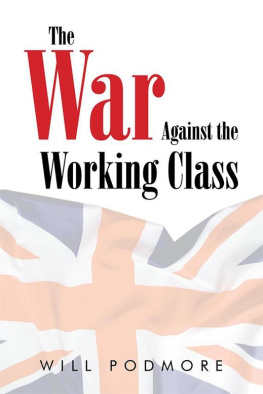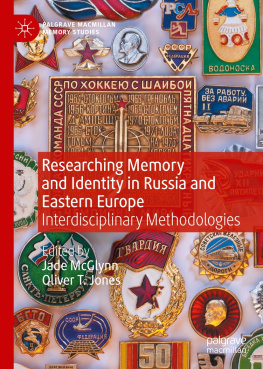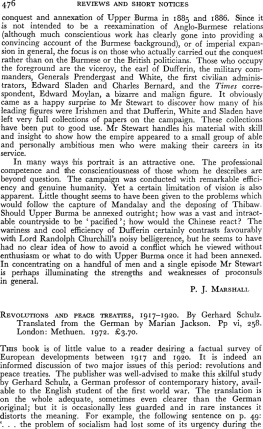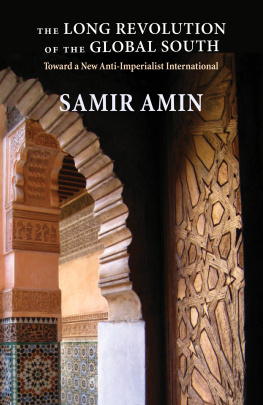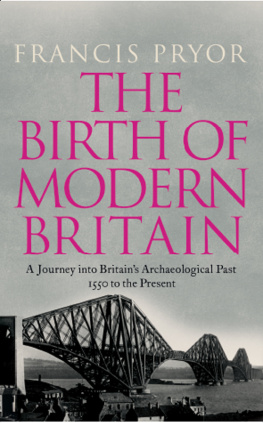
WILL PODMORE
Copyright 2015 by Will Podmore.
Library of Congress Control Number: | 2015905304 |
ISBN: | Hardcover | 978-1-5035-3109-3 |
Softcover | 978-1-5035-3111-6 |
eBook | 978-1-5035-3110-9 |
All rights reserved. No part of this book may be reproduced or transmitted in any form or by any means, electronic or mechanical, including photocopying, recording, or by any information storage and retrieval system, without permission in writing from the copyright owner.
Any people depicted in stock imagery provided by Thinkstock are models, and such images are being used for illustrative purposes only.
Certain stock imagery Thinkstock.
Rev. date: 05/28/2015
Xlibris
1-888-795-4274
www.Xlibris.com
698969
Contents
Is history any use? Why should we look back into the past? In particular, why read a book on the history of the Soviet Union and the other socialist countries? Surely all we need to know is that they tried and failed to create an alternative to the free market economy? This book will present evidence that the attempts achieved real progress.
Human beings have created successively freer, more democratic and more prosperous societies. Archaeological evidence has shown that there was never a time of primitive communism. Even hunter-gatherer societies competed for scarce resources. Societies developed from slavery, to feudalism, then to capitalism. In the 20 th century, workers attempted the biggest change of all, creating socialism, the first form of classless society, in which the majority ruled, not the minority.
Reg Birch, the first chairman of the Communist Party of Britain Marxist-Leninist, said, The Bolshevik Revolution upon which the Soviet Union is established owes its place in history to being the only change in class power from bourgeois to proletariat, the only change of relation of production from capitalist to socialist in the world. This revolutionary
That is why the rulers feared and smeared the Soviet Union. Their hatred of socialism led to more than a century of wars and to grotesque outcomes. From 1947 to 1987, the US Department of Defense spent $7.62 trillion (in 1982 dollars). In 1985, the US Department of Commerce valued US plant, equipment and infrastructure at just over $7.29 trillion. So the USA spent more on destroying things than on making things.
Workers achieved the 20 th -centurys revolutions in the most backward pre-industrial societies, largely feudal, and suffering foreign rule and exploitation. Wherever a working class seized power, the capitalist states at once attacked it with every weapon, including war, terrorism and blockade. The ruling classes did all they could to add to the costs of revolution.
So workers had to build their new states when under attack, amid the ruin of war and under constant threat of new war. In so doing, they achieved much, but also, as was bound to happen, they got many things wrong. These first attempts to build socialist societies mostly failed in the end. To create is always harder than not to create. But we can learn from them. The answer to bad decisions is not no decisions but better decisions. The answer to bad planning is not no planning but better planning.
Societies which had revolutions - Britain in the 1640s, the USA in 1776, France in 1789, Russia in 1917, China in 1949 and Cuba in 1959 - were very different from societies which had not. For example, Chinas wealth, power and independence vastly surpassed its pre-revolutionary past and outstripped other countries in similar circumstances. Revolutions had costs, but the costs of not having a revolution were greater. And some pioneers, like Cuba, still survived against huge odds and remained true to the highest ideals that humanity had created.
These working classes built independent economies and societies. They created wealth through their own labour, without plundering other countries. They played major roles in ending wars, defeating fascism, freeing the colonies and keeping the peace in Europe from 1945 to 1990. By presenting a practical alternative to unrestrained capital, they aided the working classes of other countries to make gains, especially after 1945.
We can learn from the efforts and the errors of the pioneers, even though as pre-industrial colonised societies they were very different from Britain today. The hope is that this book will provoke thought about what the working class needs to do, not to copy but to create.
Thanks to the staffs at John Harvard Library, Borough High Street, Southwark, especially to Luke, at Park Road Library, Aldersbrook, especially to Matt, at University College London Library, and at the Library of the UCL School of Slavonic and East European Studies. Thanks to Nick Bateson and Gill Wrobel for their invaluable advice.
Chapter 1
Russia, to 1927
Tsarist Russia
Russia had worse farmland and a worse climate than the USA or Western Europe, so its agricultural productivity was lower than theirs under any system of farming. Only 1.4 per cent of land suitable for cereal cultivation was in an area with the best combination of temperature and moisture, compared to 56 per cent in the USA. 80 per cent of Russias
There were famines throughout Russias history, usually every other year. Between 1800 and 1854, crops failed 35 times. Between 1891 and 1910, there were 13 poor harvests, three famine years and only four good harvests.
Before the revolution, 80 per cent of Russias people were peasants, at the mercy of landlords and kulaks. A contemporary observer wrote, this type of man was commonly termed a Koolak, or fist, to symbolize his utter callousness to pity or ruth. And of all the human monsters I have ever met in my travels, I cannot recall any so malignant and odious as the Russian Koolak.
Tsarist Russia was the most backward, least industrialised and poorest of all the European powers. Tsar Nicholas II, a feudal autocrat, ruled. He supported the anti-Semitic Black Hundred terrorist gangs; he wore their badge on state occasions and called them a shining example of justice and order to all men. The Russian Orthodox Churchs cathedrals and churches dominated the built landscape,
Labour productivity was 20-25 per cent of the USAs. In 1913, industrial production per head was 7 per cent of the USAs. Wages were between a third and a quarter of Western Europes average. Russia relied on imports for all its iron and steel, for all complex electrical and optical equipment, for many types of machine tools and textile machinery, and for half its agricultural machinery.
But the Russian working class started to organise in the industries that they were building. They created their trade unions at first locally, then regionally and then, in September 1905, held the first all-Russian conference of trade unions. Workers had a growing sense of class unity and a growing belief that they could solve their problems.
World War One
In 1914, the ruling classes of the
In 1914, in Imperial Russia, only 15 per cent could vote, in France, 29 per cent, in Britain, 18 per cent. Only 22 per cent of Germanys people could vote, in Austria-Hungary, 21 per cent. None of them was a democracy. There was no democracy in their empires either. The British Empire had 350 million people in its colonies: none could vote. The French Empire numbered 54 million: none could vote. In Germanys colonies, none could vote. So the war was not a war for democracy.
In July 1914, Russia intervened unnecessarily in a Balkan conflict. France decided to back Russia. Britain followed Frances lead. None of these three allies was attacked or even threatened. So the war was not a war of national defence.
Next page
